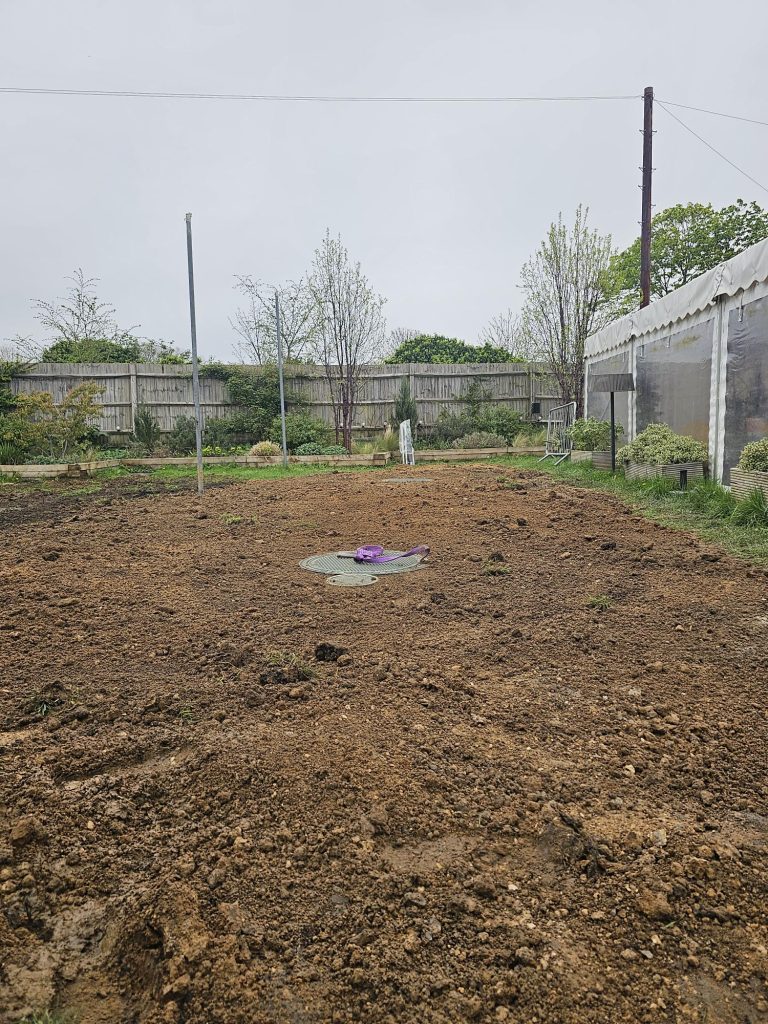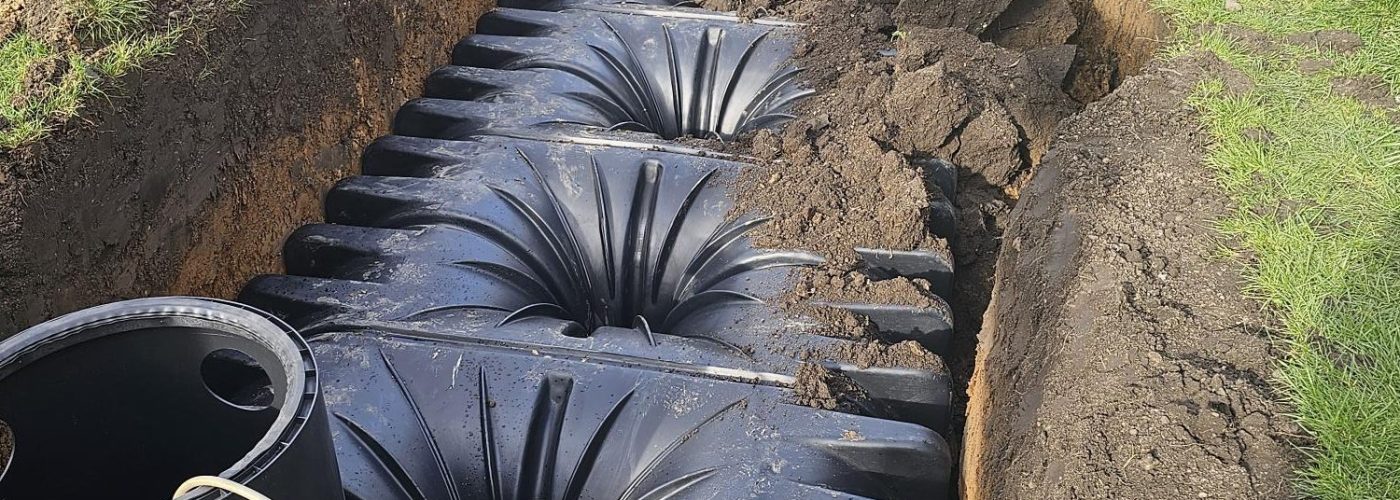Graf UK rainwater harvesting tank helps to dismiss cricket club’s watering woes.
The installation of a Graf UK rainwater harvesting system at Chiswick Cricket Club has delivered a hat trick of firsts.
Initially, it was the first time that water consumption consultants Ecoprod had specified a Graf UK system. Secondly, it was the first time water management systems contractor Jamie Vacher had installed a rainwater harvesting system. And thirdly, the project is the first of its kind in Middlesex.
Chiswick Cricket Club was founded in West London in 1853 and has recently undergone a major redevelopment in line with the English Cricket Board’s (ECB) emphasis on sustainability.
Part of this focus has been on increasing their facilities throughout the year without increasing the use of mains water, as well as thwarting the increasing occurrence of temporary use bans which mean that during hosepipe bans the club can only water its cricket square.
Through accessing the ECB’s County Grants Funding, Middlesex Cricket approved the grant contributing towards the cost of Chiswick Cricket Club installing a rainwater harvesting system, which is believed to be the largest below-ground system in cricket in the country to date.
Chiswick CC will monitor its performance until the end of the summer to better understand how rainwater harvesting on this scale can benefit a cricket club, with the potential for the project to be used as a sustainability exemplar for the ECB.
Ecoprod was called in by Chiswick to suggest a suitable system, having sustainably redeveloped the women’s changing rooms two years ago. Having often come across Graf UK, and also having a mutual acquaintance in Prof Jacob Tompkins OBE as a consultant, they decided to specify Graf’s 15,000-litre Platin XL shallow-dig underground rainwater harvesting tank.
This stores circa 250m³ of rainwater per annum from the main roof of the clubhouse, which is clay plain tiles, and from rear and side flat-roof extensions, together totalling 550m². The run-off is used to water the 900m2 cricket square and surrounding grassed area of more than 5,000m2.
Jamie’s first installation of a rainwater harvesting system took just six days from start to finish. A team of two used a five-tonne excavator and general hire tools to dig a 9m-long by 2.5m-wide by 2.3m-deep hole in virgin ground at an outdoor eating area next to the clubhouse.
The 7.5m-long by 2.2m-wide by 1.3m-high tank weighing 710kg was then lifted in by the excavator and backfilled with 40% of the sand that had been underneath the top layer of clay. The remaining 60% of sand was used to re-dress the cricket pitch itself, completely negating waste.


To complement the fully assembled Graf tank, Jamie added a water meter to the mains top-up feed so the club will not have to pay for the waste water it is not processing.
So impressed with the ease of installation of the Graf UK system was Jamie that he is now keen to become a regular installer of Graf UK systems.
“We did get lucky with the ground conditions but it was a very easy installation, perfect to be honest. The Graf systems do exactly what they say on the tin. I had to ring the technical team on one occasion, about the water top-up sensor, and it was resolved straightaway. It was the best service you can get and a very good experience overall.”
He added: “I can definitely see the benefits of rainwater harvesting systems now. We just need to get more people realising that.”
Ecoprod’s director and general manager Marcus Rose was equally impressed by his first specification of Graf UK systems.
He said: “The project ran very smoothly, with both technical support from Graf and excellent on-site operations from our appointed contractor Jamie Vacher, so it will be very appropriate as an exemplar case study for the English Cricket Board.”
He added: “Graf are now our go-to supplier for below-ground rainwater harvesting systems.”
Josh Knappett, facilities and projects lead for MCCC, said that despite the exceptionally wet season, Chiswick CC and Middlesex Cricket wanted to learn what impact a rainwater harvesting system with below ground storage would have on cricket clubs in London as many are facing extremes of climate conditions, alongside increasing water mains costs.
“We hope that by the end of the summer we will have a better understanding of Chiswick Cricket Club’s use of rainwater versus mains water on the maintenance of their grounds and on playing conditions. Anything we can do to support a cricket club, we will do,” he said.
As well as rainwater, the Platin XL recycled and recyclable plastic tank is designed to accommodate substances such as wastewater, raw sewage, effluent, silage, slurry, greywater and bluewater. This makes it an excellent choice for applications including firefighting.
Its adjustable lid height allows for flush alignment with ground level, ensuring the tank fits seamlessly into its surroundings. Additionally, the rotating tank dome aids in aligning connecting lines, simplifying the installation process even further, and an optional vehicle loading lid, which is ideal for installation under drivable surfaces like driveways or parking lots, allows the tanks to handle significant loads, ensuring durability and safety in high-traffic areas.
Building, Design & Construction Magazine | The Choice of Industry Professionals





